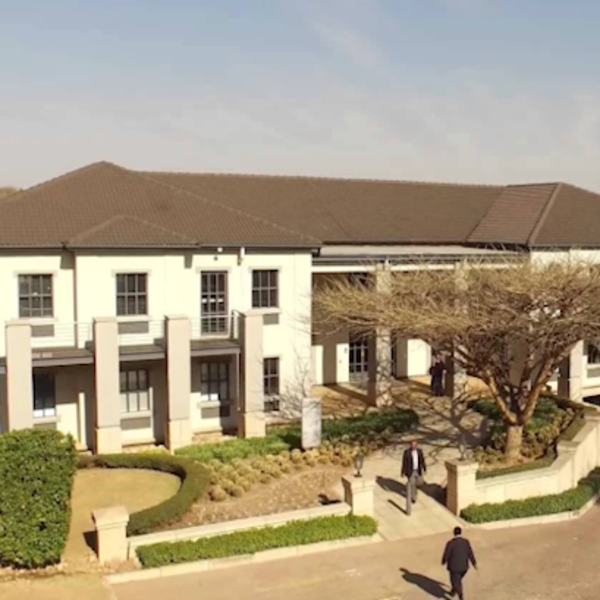Draft Inclusionary Housing Policy
SAPOA Updates
The South African Property Owners’ Association (SAPOA) recently issued a press release raising concerns about the City of Johannesburg’s draft Inclusionary Housing Policy that is currently being circulated for public comment.
The draft policy, which stipulates that 30% of new residential developments should be available for affordable housing, is seen by executive mayor Herman Mashaba as being an important move to address the spatial inequality associated with apartheid-era development planning.
An unworkable solution
However, SAPOA CEO Neil Gopal says that it is unworkable, and that concerns of property developments around this proposed requirement were not taken into account. “The commercial property industry is not likely to focus on housing developments in the City of Joburg as this is a very onerous policy that was not as extensively distributed for comment as the City eludes to,” he says.
According to Mashaba, the policy is meant to be financially sustainable and profitable to residential property developers, while at the same time creating affordable low-cost housing for residents. This is laid out by proposing that for every new development of ten dwelling units or more, 20% of it should consist of inclusionary housing.
Inflexible to economic conditions in South Africa
SAPOA’s concerns are that these requirements are inflexible to the underlying economic conditions and strength of the South African property market and may negatively affect the feasibility of residential developments. It’s also less than appealing for private developers looking to maximise returns on already-declining profit margins. “The revised policy is likely to have a detrimental effect on market-related housing provision in the City of Johannesburg,” says Gopal.
The draft also proposes a fixed income range for the whole city, which doesn’t take into account differing land costs across Johannesburg. “With the implementation of inclusionary housing, fixed affordability income threshold may open private developers in certain areas to revenue loss and risk,” he adds.
SAPOA's recommendations
Instead, SAPOA recommends that the city negotiate inclusionary housing provisions and incentives, rather than a mandatory approach. It also feels that the policy should be limited to selected developments, which are of a big enough scale to support inclusionary housing. The target affordability threshold should also vary according to location, and incorporate a broader income range. This, says SAPOA, will ensure smaller income differences between affordable and market units – which should minimise potential losses in revenue for private residential developers.
What we think
At Black Pepper Properties, we’re seeing that being able to successfully raise funding for any residential or commercial development projects locally is becoming increasingly challenging. Without the right policy incentives or having land certainty in place, we are going to score “own goals” when it comes to generating much-needed economic growth, jobs and redressing inequalities of the past.
Perhaps making secured, mortgage loans readily available to lower-income households should rather be a priority for policymakers, and should form part of the land reform debate? Such a policy could be highly progressive and go a long way to redistribute land and assets to previously disadvantaged South Africans.
Related blog posts (4)

Covid-19: Can you get rent relief on your commercial property?
Commercial Property

Benefits to Leasing Commercial Property
Property Insights

Finding commercial space for your business
Property Insights

